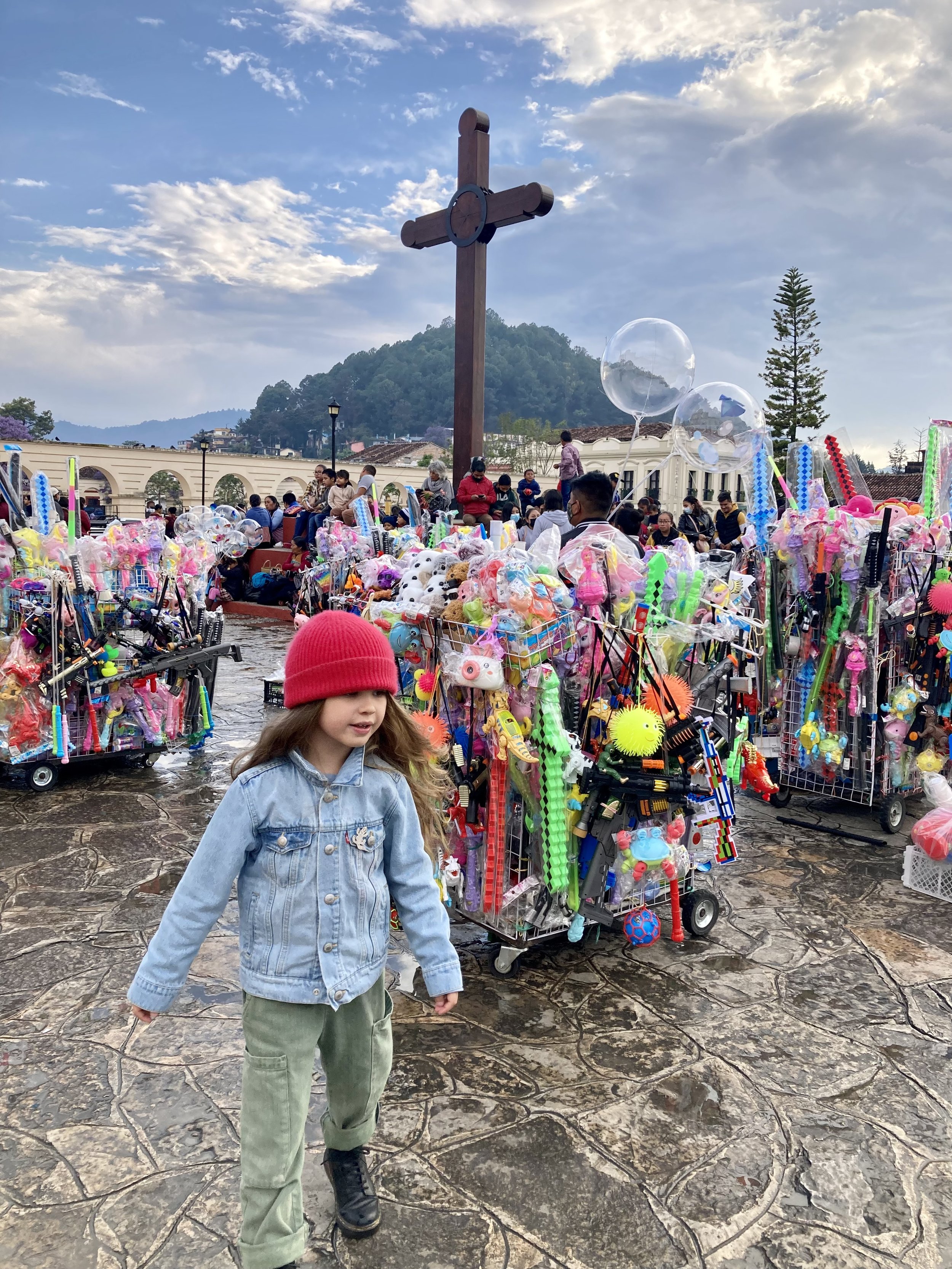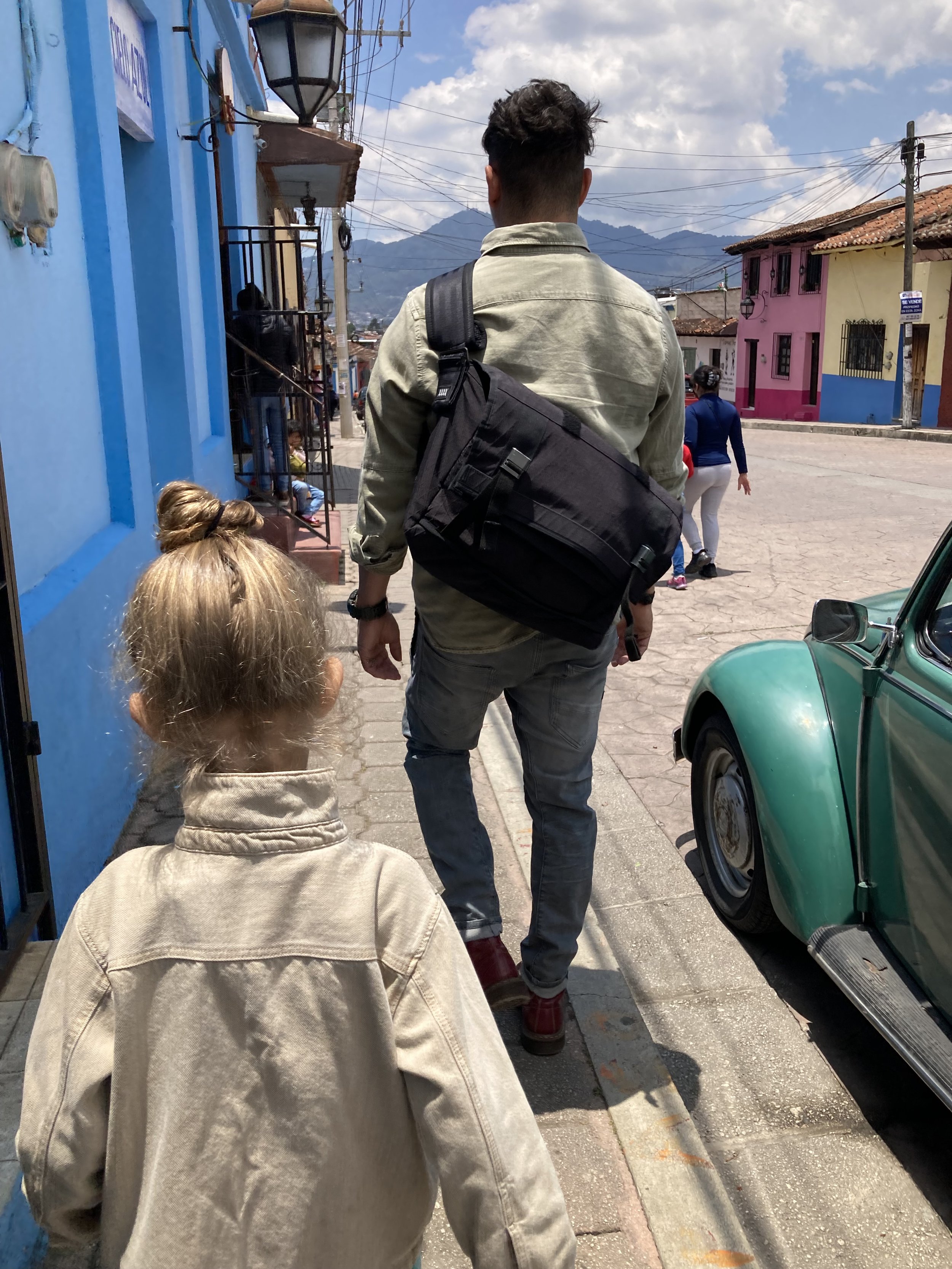UNESCO Creative City of Crafts and Folk Art
San Cristóbal
In 2015 San Cristóbal de Las Casas became the first Mexican city to receive the UNESCO designation of “Creative City of Crafts and Folk Art”. Los Altos de Chiapas is a high mountainous region that is heavily forested, principally with pine and oak trees. The main urban center of the region is San Cristóbal de Las Casas. There are 11 traditional barrios, or neighborhoods within the city that specialize in a different type of hand craft.
The traditional trades in San Cristobal are almost as old as the creation of the neighborhoods of the city. Since colonial planners sought to establish a spatial separation between Spaniards located in the city center, and the Indians, installed on the periphery… every neighborhood of San Cristobal from the start began to acquire its own specialization and its members were distinguished by the job they performed… each activity permeated every neighborhood, which generated a cultural identity.
-Gabriela Leonor Torres Freyermuth “Discurso Visual”
Centro & Guadalupe
El Centro is the historic downtown neighborhood of San Cristóbal and is where many of its famous churches are located. It is also the area with several pedestrian malls and the two large marketplaces, Mercado Viejo selling all kinds of food and house hold items and Santo Domingo offering endless stalls of incredible hand made art and crafts from the state.
The craftspeople of the Guadalupe neighborhood are known for the elaboration of wooden toys, such as trucks, boxes, push-toy birds, and puzzles. As well, they create wooden chests of various sizes, painted by hand in many colors and designs. As well as woodwork, this barrio is distinguished for a tradition of saddlery dating back to the 16th century.
Mexicanos, Tlaxcala & El Cerillo
The barrio of Tlaxcala was originally established by the Tlaxcala peoples also traveling from Central Mexico with the invading Spanish soldiers and was a center for trade. Each February 27th the people in the neighborhood celebrate the Vigrin of Ocotlan with a parade and floats.
Mexicanos is a neighborhood specializing in the dyeing and weaving of fabrics for household consumption, like table cloths, curtains and bed spreads. This barrio was originally occupied by the traveling Nahua peoples from central Mexico as early as the occupation of the Spaniards in 1528.
El Cerillo is a neighborhood is distinguished for works in wrought iron, which represents one of the trades inherited from the Spanish. This traditional neighborhood was founded by Tsotsiles, Tseltales, Choles, Tojolabales, Zoque and other indigenous peoples of Chiapas.
Cuxtitali & St. Lucia
Cuxtitali means “red land”, a name to describe the soil particular to the area that is rich in iron-oxides. It is believed it was the barrio with the greatest degree of mixing amongst people of widely varied cultures. This neighborhood is characterized by the industries of beef, pork, and their derivatives. The barrio is distinguished for the raising of pigs, butchery, and the elaboration of sausages that have their providence from the Spanish.
Santa Lucia Originally, this neighborhood was a crafts center, known for the excellence of the many diverse crafts and constructions. Also today, there is an artisans market in this neighborhood where you can find a huge variety of the traditional sweets and candies from the city.
San Antonio & Diego
San Antonio is a barrio characterized by the dedication to pyrotechnics that dates back 150 years and has been carried on by generations of craftspeople in a place called “La Galera”. Also called ‘cuetes’ a popular and very noisy firework is set off to celebrate each neighborhoods religious festivals as they are all on different days, the sound can be heard nearly year round in San Cristóbal.
The neighborhood of San Diego, the most southern barrio of San Cristóbal was historically dedicated to keeping mules and home to field workers with the passage of time, these trades have disappeared. Now San Diego is known for baking of traditional sweets and Chipaneco gastronomy with some of the finest culinary artistry in San Cristóbal.
.
La Merced & Ramon
San Ramon celebrates its festival is on August 31st. It still preserves traditional customs like offering perfumed holy water outside the church. This water is considered to be divine and can help small children to speak well. The craft representative of this neighborhood is pottery, which is created with clay and worked on a wheel in forms and shapes as specified. Among the earthenware works are cups, plates, and pots.
In the barrio La Merced the amazing vestry still preserves one of the buildings original vestiges, a Roman arch supported by a pillar, decorated with handmade floral motifs and reliefs that represent the sun and the moon. This neighborhood is distinguished for the elaboration of candleholders and decorative candles which are used during the various festivals throughout the city. They are all made entirely by hand with waxes and paraffin of various colors and decorations, including flowers. Many of the designs created in wax are similar to patterns of traditional textiles
*excerpts from the City Council of San Cristobal de Las Casas






